Transcription
Compare and Contrast 1/8
Whispers Goehler
As I see it : PROBLEMS IN LIVING is the key datum which involves Human Services past and present. But before I delve into a rote exegesis of the human service industry history, I dare consider the history lessons of homology and our evolution through the heterogeneous homo erectus stage to the homogenized homo sapiens.
What in the world did they do? I asked; when the humanoid species began handling PROBLEMS IN LIVING by producing tools 2.5 billion years ago (mya)? The economy of these food gatherers evolved a primitive homo-erectus hunter gatherer type economy. these economies, impelled by CRISIS - as is every developing economy throughout the organic universe from its earliest exobiologic inception, follows one prime directive: Survive, symbiotically! This prime directive evolved the humanoid species 2.5 mya through every Problem in living Crisis, into the home erectus 1.5 mya through every Problem in living chromosomes with neanderthals 200 thousand years ago (tya), wherein homosapians overcome PROBLEMS IN LIVING, by developing more sophisticated tools and a social culture 100-200 tya. Apparently the ice age crisis 14 tya was the turning point which favored our capacity to survive - symbiotically - within the organic economy upon this Living Planet.
Interestingly, the world population of 50 million people circa 1000 BCE, exponentially grew through the civilizing Sumerian Matrix of state craft to well over 300 million people by the year 1 ce; 1 Billion people (bp) by the year 1800 ; 2 bp by the year 1925; 4 bp by 1972; 6 bp by 1999; to well over 7bp presently.
The crisis we face now is obvious, Economically, a New World Order governed by the United Nations is necessary, under the patronage of the international Monetary Fund, if Malthusianism will work and serve the greatest good in the symbiotic economy. just what these social architects will so about the global warming crisis is a matter of science-fiction speculation, but I expect political, economical, social-care and control agencies are in place to habilitate a symbiotic evolution to survive the global warming crisis. Perhaps this explains the multicultural mongrelization which culls out religious ideologues.What ever the architects have designed, one thing is for sure: We are t another global turning point in history. And upon this premise I shall investigate the history and function of Human Services.
Beginning with pagans, whose community care economy managed for millennia to maintain symbiotic harmony, eventually; Sumerian state craft developed a matrix of civilization where people simply became a commodity for demagogic priests and politicians merchandising fear for the ensuing 6000 years. The (mis) perceived problems in living have long too long been attributed to a sinful nature, and religions instilled the tear the mental illness was caused by evil spirits requiring horrific treatments to scare the hell out anyone else thinking about expressing unconventional views and behaviors. Comply or die has always been the rally cry of every religion - by its very definition! fr. L. religion - supernatural constraint, sanction, fr. reigare - to restrain,tie back. 3 Archaic: Scrupulous conformity. For the Golden Age though, Hippocrates developed a scientific approach circa 3 BCE, to explain and treat problem behavior and mental illness which had natural causes such as brain disease or head injuries. He was able to distinguish many labels for illnesses and conditions such as melancholia and epilepsy still in use today.
But Human Services as we know it today was established by the Catholic Church as community centers assuming responsibility for the poor, the orphans, the elderly and people with disabilities. In the ministering to social outcasts, the Church served as public institutions and the tithe was considered a plublic tax. Naturally, the growing power and influence ( and abuse) of Catholic Chairity, was later taken over by governments as the decline of feudalism, the growth of commerce and the beginning of industrialization made it necessary to find new ways to assist those in need. The Elizabeth Poor Law of 1601, for instance, was critical in the history of human services. It guided welfare practices in England and the United States
Other posts by this author
|
2023 may 31

|
2023 apr 5

|
2023 mar 19
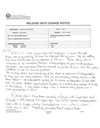
|
2023 mar 5

|
2023 mar 5
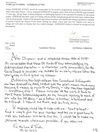
|
2023 mar 5

|
More... |

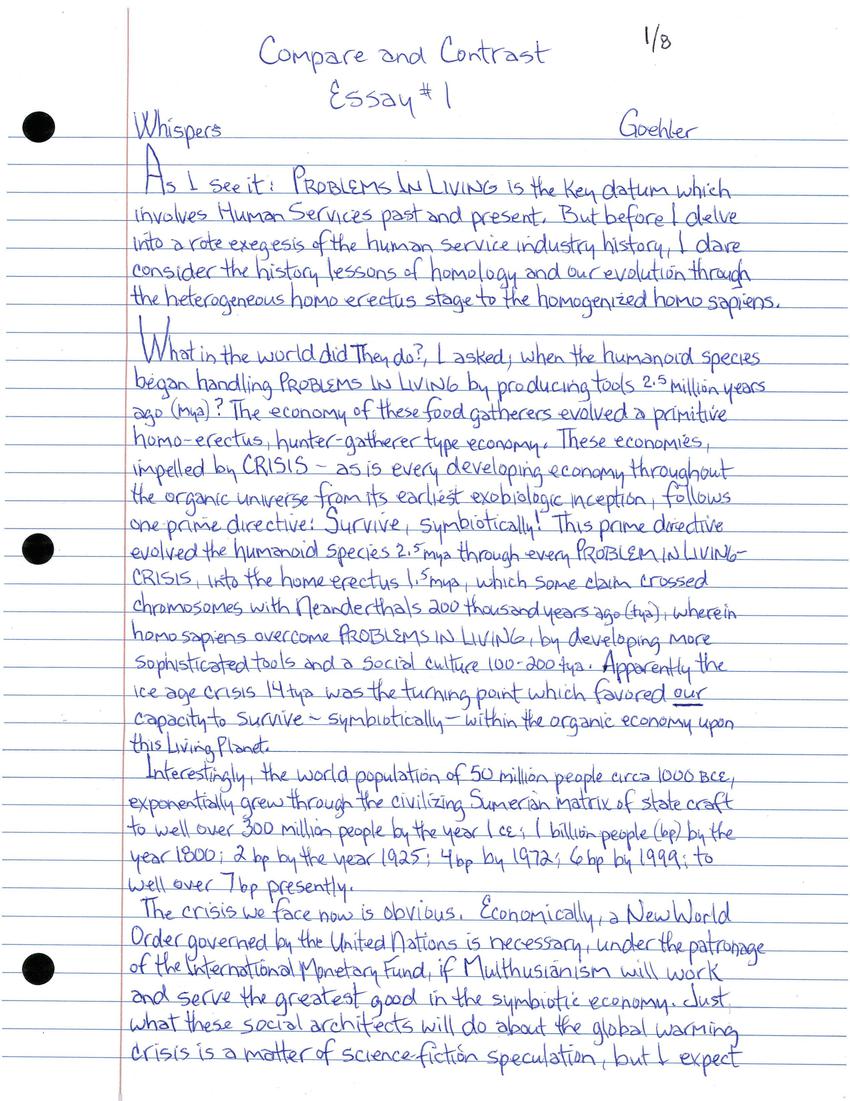
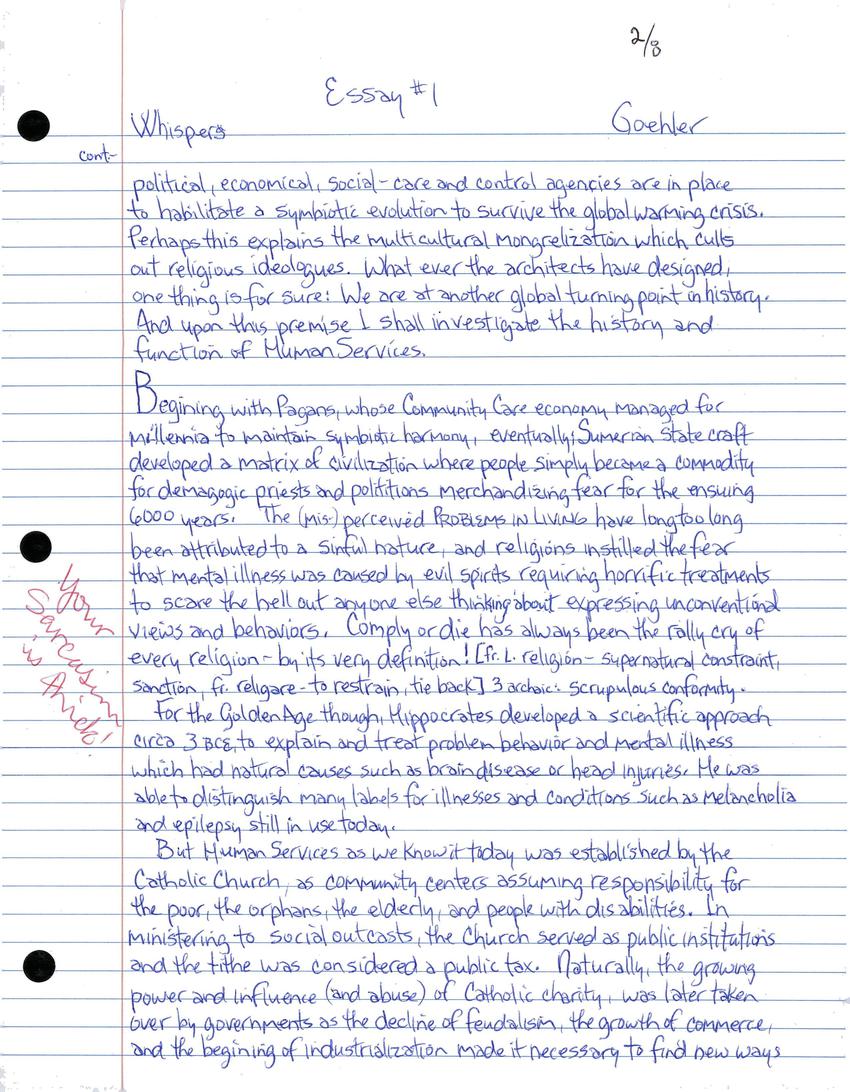
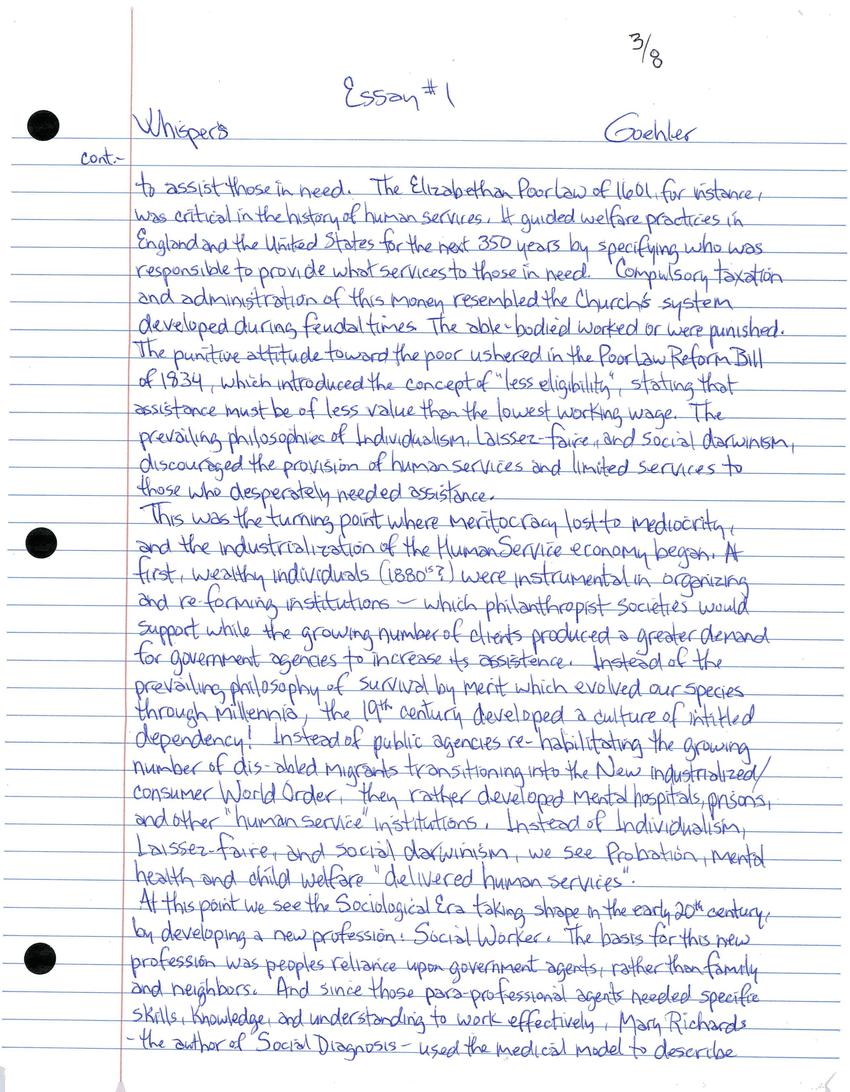
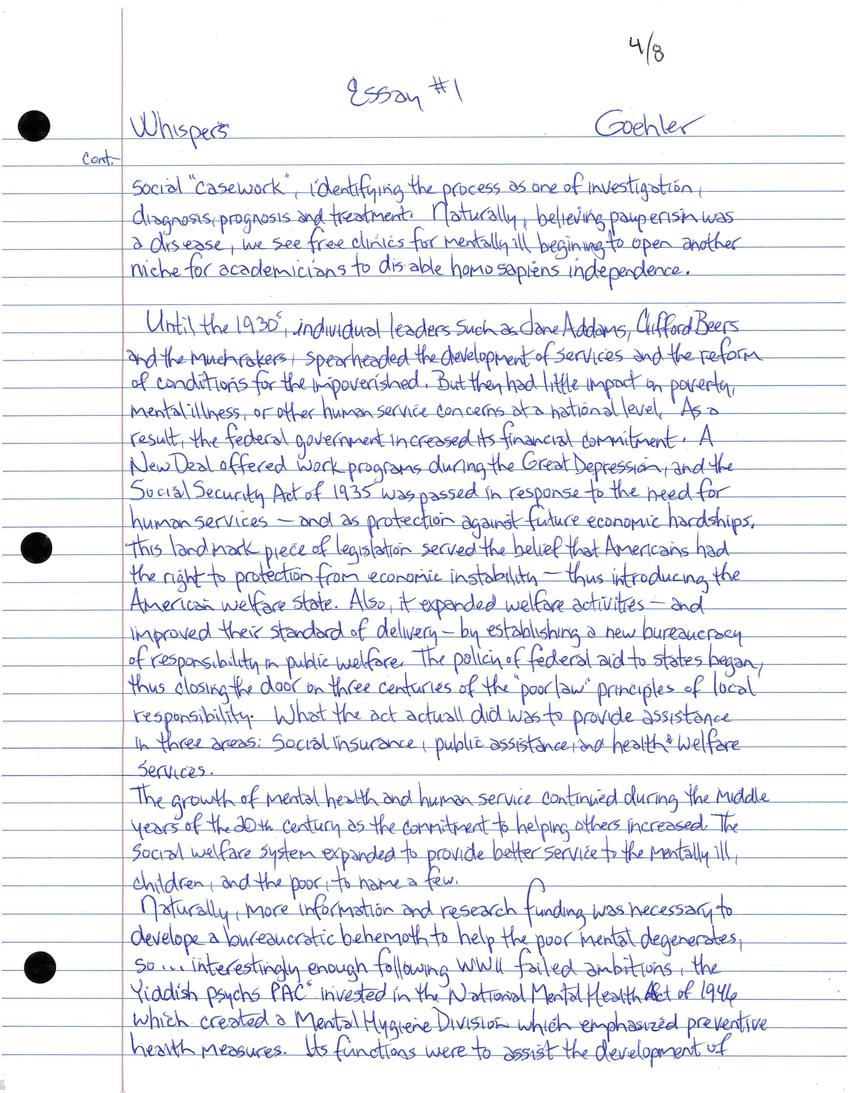
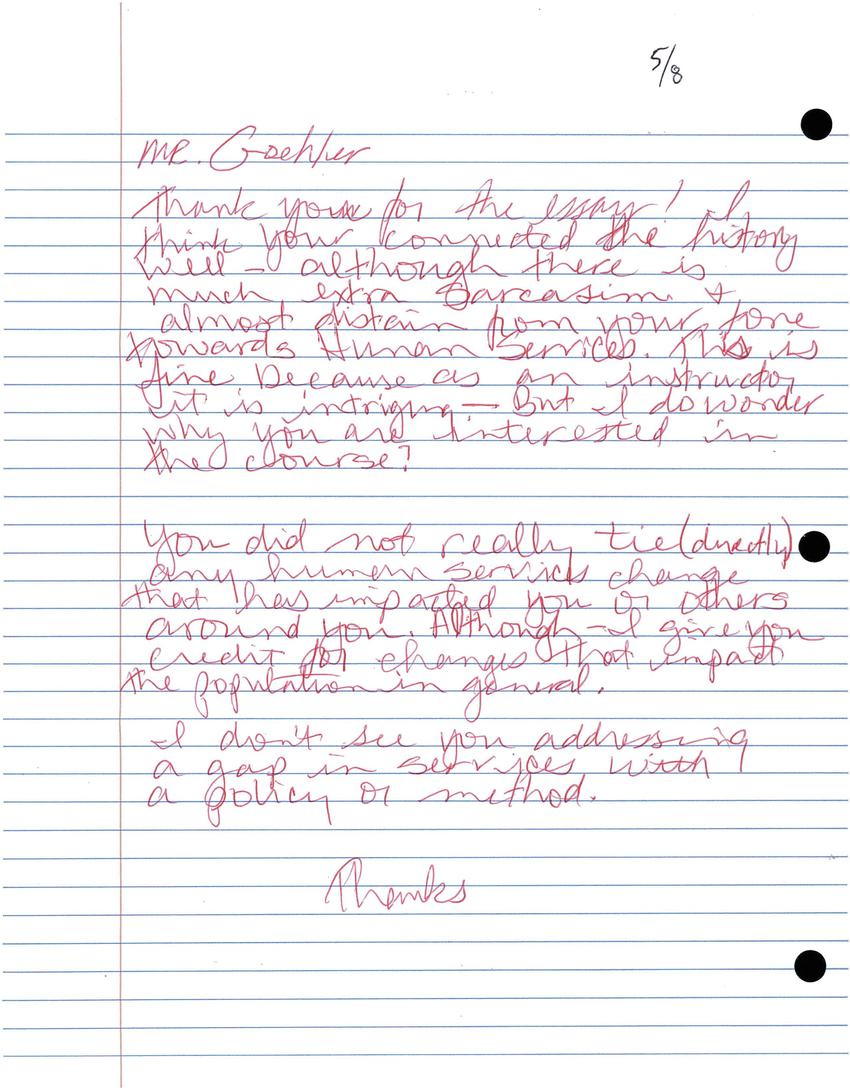
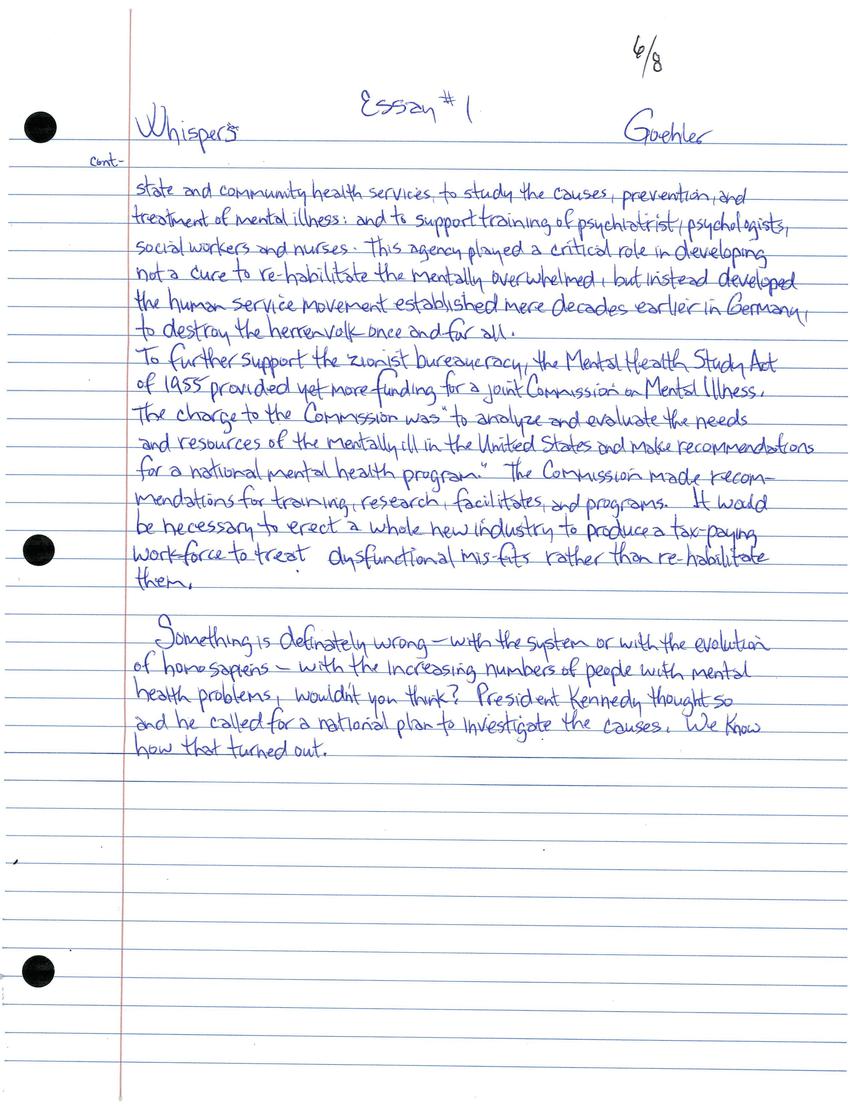
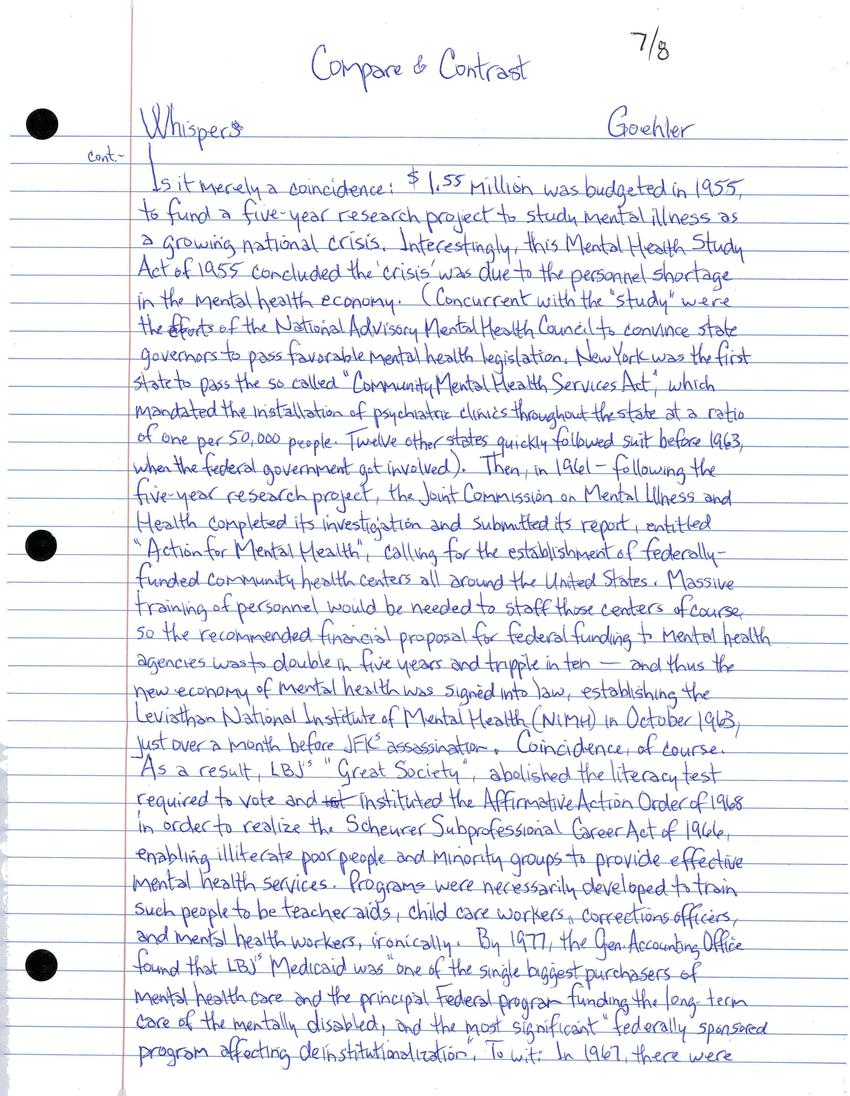
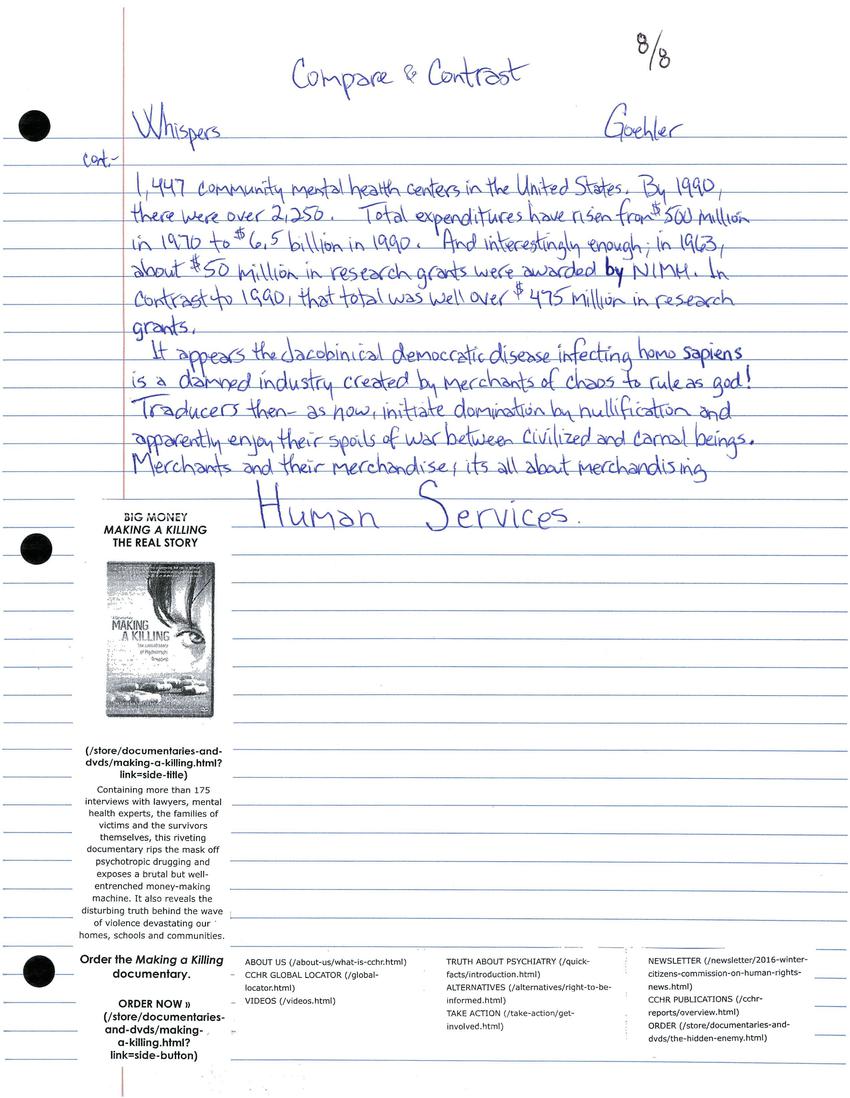
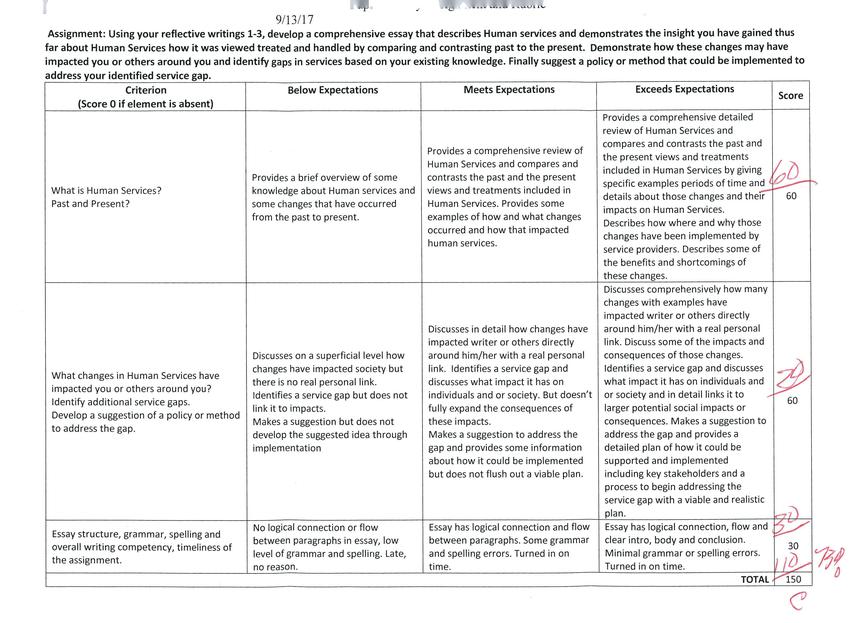

Replies (1)